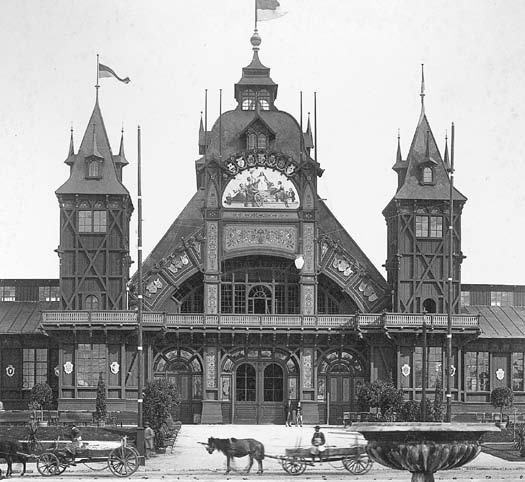The article presents the first detailed examination of the life and work of Karel Boublík (1869 – 1925), a Lviv architect of Czech origin, who from 1897 to 1914 designed many residential buildings in the city. Boublík also headed the Czech Conversation Club (Česká beseda) in Lviv – the oldest Czech association in the world outside the original Czech lands – where he was also an amateur actor and director. The activities of Karel Boublík assumed an important place in the artistic life of Lviv at the end of the 19th and the beginning of the 20th century; consequently, it is important and urgent not only for the study of the architecture of the city to research, preserve and popularize the heritage of this artist. His personality and work have not yet been examined in detail in the intentions of art history and in his homeland, in the Czech Republic, Boublík is still unknown among experts.
The purpose of the article is to uncover and define the specifics of Boublík’s architectural legacy. The study is based on a comprehensive approach, using biographical and historical-cultural methods, including artistic analysis. Archival sources and information from the press at the time are an integral part of the study.
Boublík’s buildings are an example of the stylistic transition from Historicism in its Neo-Baroque version to Art Nouveau and the second wave of Historicism in 1909 – 1914, with elements of modernized historical styles. His buildings were exceptional in their originality, with a special emphasis on sculptural decoration and metal ornaments. The architect’s tendency to highlight protruding spherical and prismatic forms has been demonstrated, with a sharp vertical accent of roofs, often pyramidal, with complex ends – with multi-level wavy and rounded attics, towers and dormers.
DOI: https://doi.org/10.31577/archandurb.2021.55.1-2.8

This work is licensed under a Creative Commons Attribution 4.0 International License
